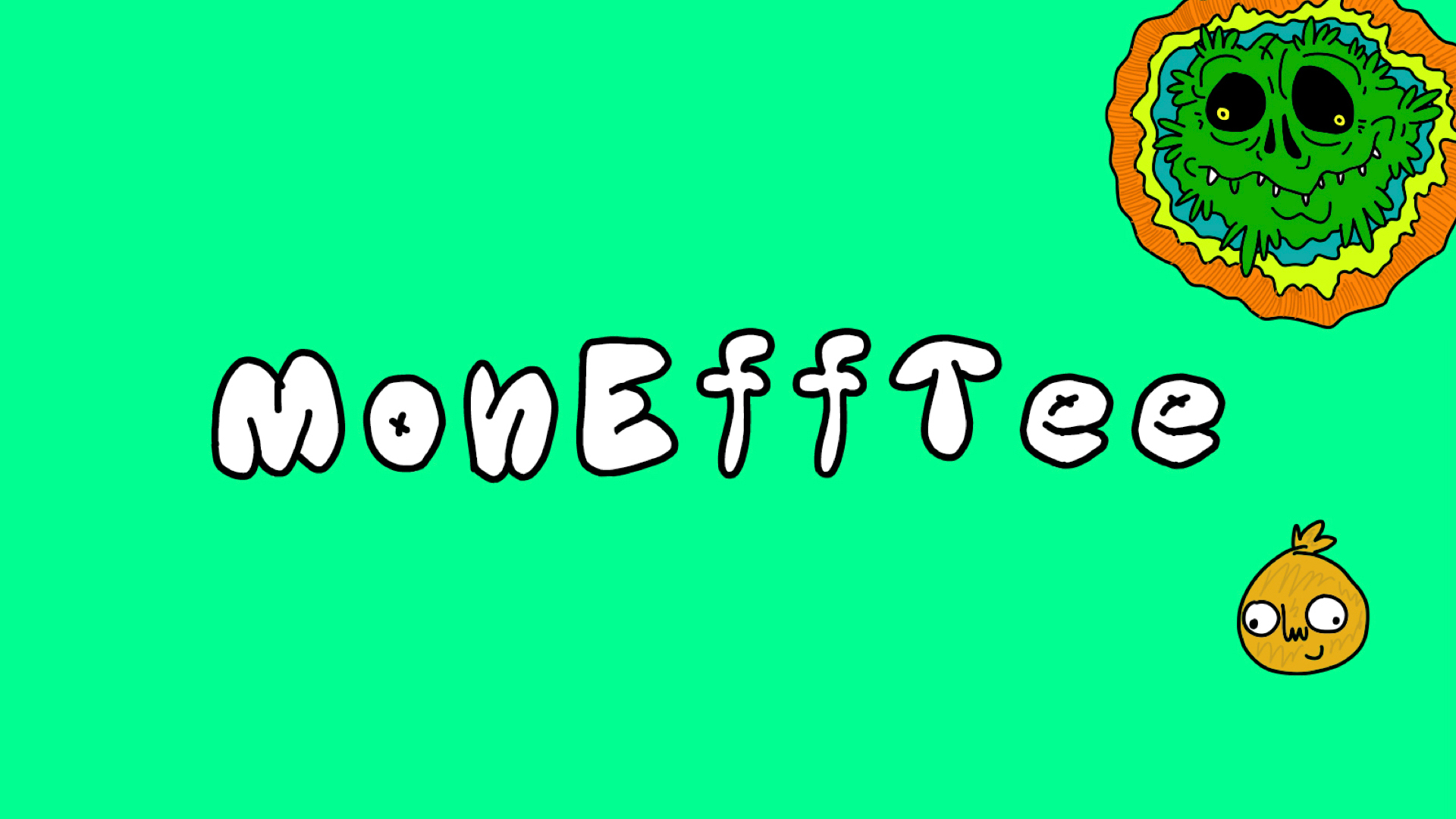
MonEffTee is the answer to the question: what does a nextgen NFT look like?
NFTs are cool. But as the market becomes increasingly saturated, and these non-fungible tokens themselves become increasingly commoditized, we wanted to take things to the next level.
In my personal opinion NFTs are an amazing vehicle for fine art ownership. But we wanted to buidl (not a typo) something a little more interactive. And a little more tangible.
My business partner, Ashton, had a great idea for NFTs that changed or evolved in some way. This became a little bit of paradox. Aren’t NFTs supposed to be immutable? Isn’t the whole point of an NFT to prove ownership of something you don’t want to change? Yes, but also, no. See CryptoKitties. But instead of traits changing from generation to generation creating new NFTs we wanted to use visual change to demonstrate an evolution.
Here’s where the idea came from:
We both shared an early love for Pokémon games. For those unfamiliar, Pokémon’s slogan is “Gotta catch em all!” You catch some in the “wild” and many others can be added to your catalog by training a Pokémon until it gains “experience” and evolves into a new creature retaining some characteristics from its previous form. But certain creatures are only attainable in the game using very specific methods. One very interesting, specific way to evolve certain species of monsters, happens only when the Pokémon is traded with another player.

We thought this could be great a mechanic for NFTs.
Additionally, we also share a love for special edition peripherals that worked with some of these types of games. Something nostalgic about the combination of portability and the beautiful coalescence of hardware and software into a memorable, fun experience is something that is still special to us today.
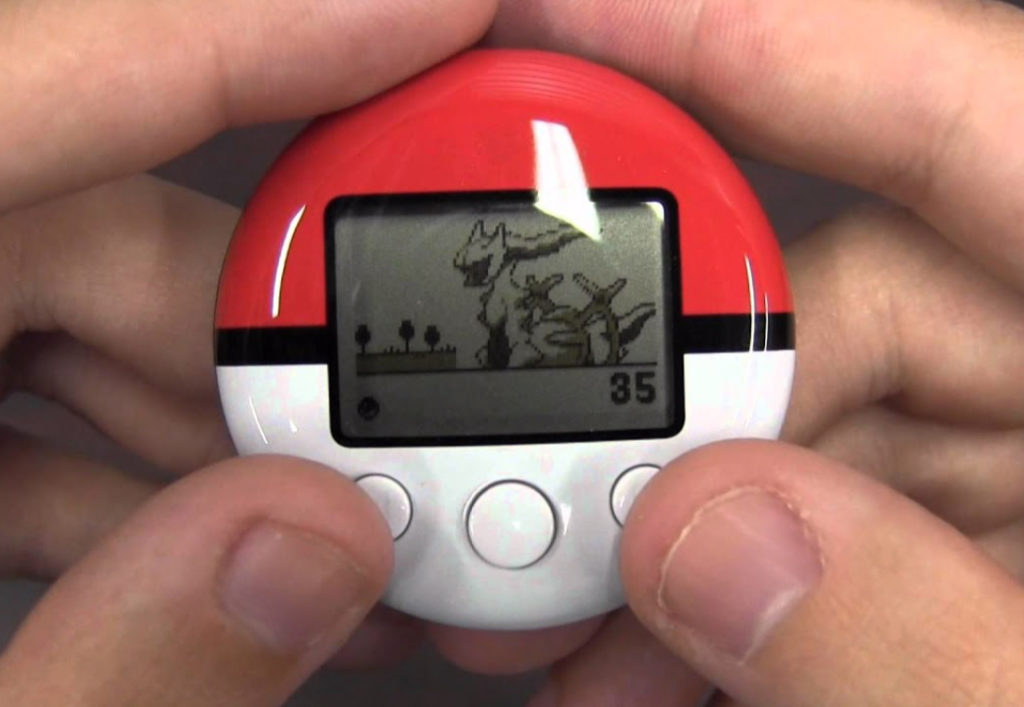
This device let you transfer one of your in game creatures from your Nintendo DS game to the device itself via infrared communication. Then as you carry it around with you throughout the day (presumably while you’re unable to play the main game on the console), your physical motion activity through walking counts towards leveling up your monster with the added bonus of other rare items and opportunities to catch creatures. What beautiful, engaging product design!
Additionally, our admiration for Infinite Objects displays as seen in beeple’s NFT collections were also inspiring. The idea that NFTs, a relatively intangible, completely digital medium, could be displayed via a more physical format continues to intrigue. The idea of having moving digital art on your wall instead of a boring picture… well the future is here.
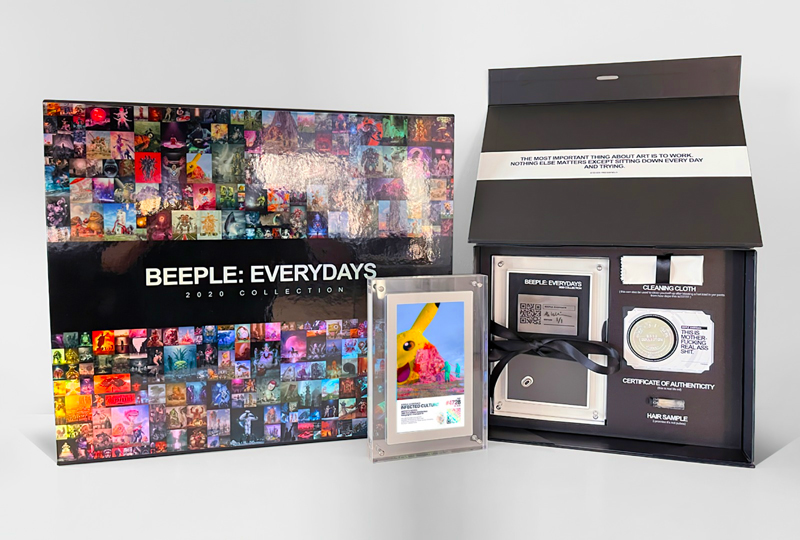
I wanted to pursue this concept in the context of our project. If only to dip my toes in this physical space.
So we believed we could combine these ideas into a beautiful NFT product.
The idea of “monsters” naturally lent itself to our plans. With limitless design possibilities and clear inspiration from the likes of Pokémon and Digimon we had a theme for our NFTs.
But we would need artists to help us design these monster creatures.
My artwork is more technical and intentional than abstract, and while that methodology certainly has a role in this project, for the “fine art style” of monster artwork, we would need something different.
My artistry traverses many mediums, but I don’t consider myself an illustrator in the context of stylistic hand-drawn cartoon characters. I can illustrate, but my artistry is more intentional and technical in terms of holistic design rather than abstract fine art.
And although there is certainly a place for technically precise artwork in the NFT space, and many NFTs utilize styles propagated by this approach, the monsters need a more organic feel, than something like a logo with distinct curves, for example. I do often execute these types of more artistic and abstract designs and given enough time, I can create nearly any art style myself but I have the experience to know when it’s most efficient to call on the experience of a specialist.
And I knew just who to call.
My friend, Brad, a talented illustrator and mixed media artist was excited to help us conceptualize the monsters’ initial look and feel under my direction.
Brad is known for a distinct art style that perfectly fits with our goals: interesting and weird creatures while still retaining a cute and charming aesthetic.
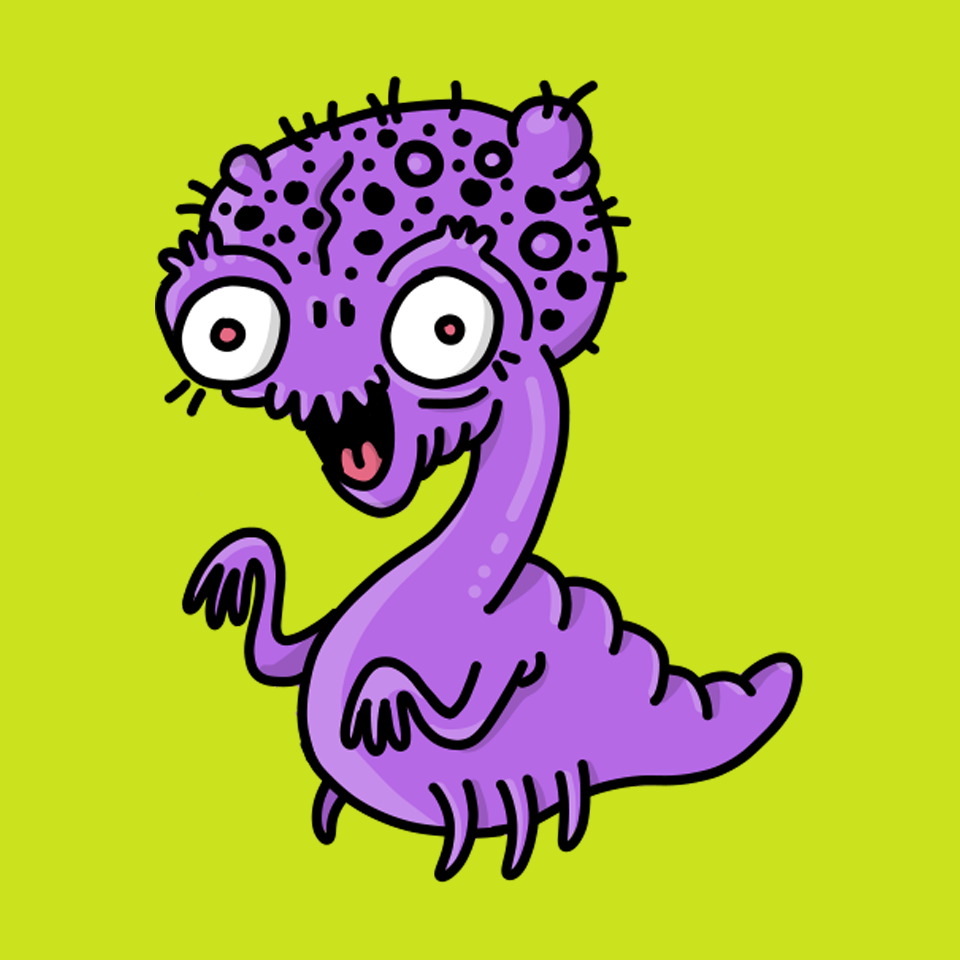
Our aesthetic eventually would grow into something Wario-esqe.

This one:

The Impetus
Any project I get involved in, I give my all to. By the same token – no pun intended – it has to be monetizable. It has to fulfill a market need and add value in some way. If a product can do this, it is monetizable in some way and of course there are many ways to monetize products.
But, in my experience, if a product (or service) can’t make money, then the market has spoken and it’s not valuable to consumers. A business needs to be profitable to operate, survive, and thrive. There are of course exceptions to every rule, and some ideas take time to get traction, but my goal as a product designer is to always maximize profitability while working within business constraints and making decisions and tradeoffs with cost-benefit analyses between development resources and user experience. The faster a product can gain traction, the better it is for everyone involved. More on that later.
As Mark Cuban says: “Sales cures all.”
To achieve our goals and turn this idea into a monetizable product, we would need a well defined workflow with various assets that can be combined together programmatically to generate interesting artwork for each monster. These assets would need to be hand drawn and then accessible in a particular format so they are able to be manipulated by code.
In the future, we may also choose to employ some machine learning to generate artwork, but regardless of how our system evolves in the future, it is important to us that individual monster parts like arms, legs, eyes, and so forth, are hand drawn, individually, with care by NFT artists.
Other projects offer completely computer generated art, and while we think that’s cool, and there’s a place for it, that is not what our project is about. MonEffTee is about art with a human touch being combined with entropy such as that in nature.
We discovered early on that as cool as random evolving monsters were in and of themselves, that there were additional opportunities at hand. As our monsters evolved with changing body parts, we would design the system to pull assets from a pool of different rarities. And as we discussed building a platform on which to host different monsters and monster parts created by various NFT artists, we discovered we could build something even more unique by actually combining assets created by different artists.

For example, maybe a monster created by Breadley Threadley would evolve and take on arms created by Mr. Misang and then on its next evolution grow wings drawn by Katana becoming increasingly unique and rare as it changes.
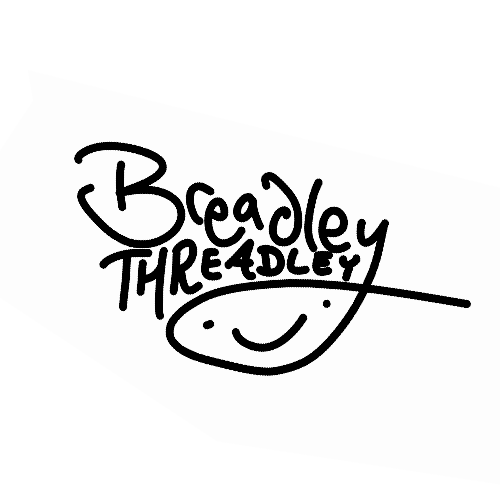
Of course all of this hybrid human and computer generated art needs a very well conceived and implemented workflow in order to function properly and scale. We have this system designed and while we’re working out a few some details, this is a proprietary system which my agreements with other stakeholders preclude me from discussing in deep technical detail.
But you can be sure that there are a lot of moving parts to this project. Perhaps in some ways too many. But with the right vision, right team, right technology, and right resources to pull it off, designing solutions to the extra complications in order to create something novel and so obviously, and inherently cool, adds communicable value immediately to potential customers and even more so drives accelerated sales organically. I always try to strike that balance between business goals and maximizing the “cool factor” to push the envelope and deliver something unique and amazing.
The Environment
I don’t personally believe that cryptocurrency is more harmful to the environment than it is helpful to humanity – meaning the benefits outweigh the costs – but I do also believe in being respectful of the environment and responsible as much as possible and minimizing pollution foot prints.
Onboarding artists
Templating
Goals
4 key tenets were important to us to include in this project:
Evolving NFTs
Physical manifestation of NFTs
Blockchain powered unique characteristics of NFTs, no multiples
Artist collaboration
Branding
Like Pokémon or Digimon are contractions or portmanteaus of their full meanings of “Pocket Monsters” and “Digital Monsters” respectively, we decided to tentatively call our project MonFT using the “N” in NFT as the ending for “Mon.” The stylization evolved over time itself:
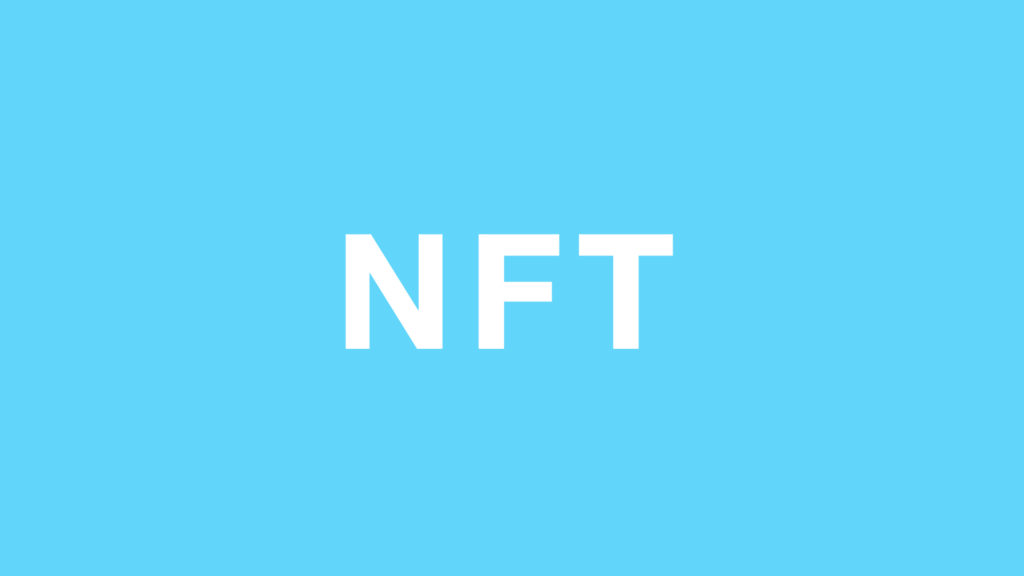

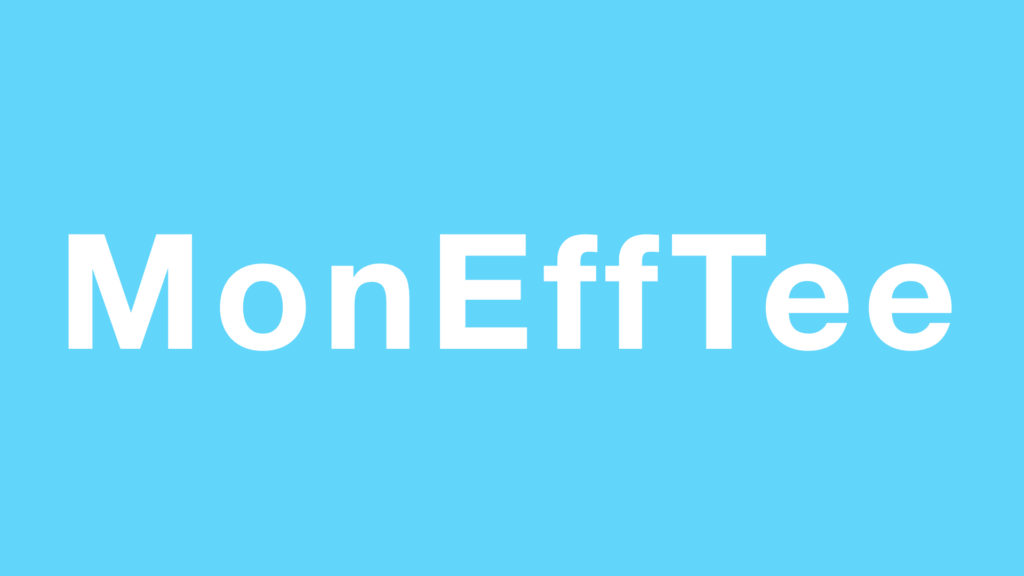
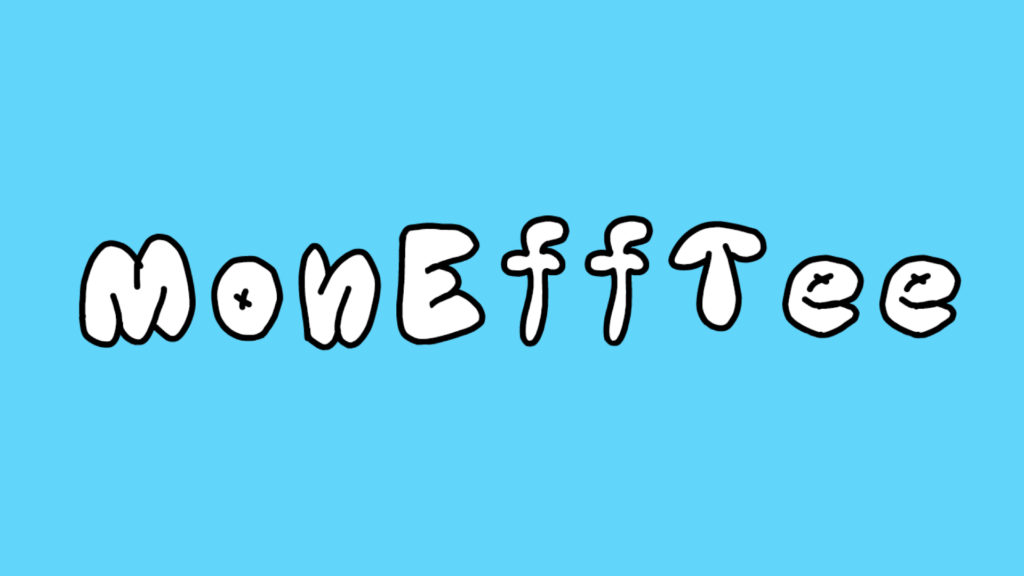
MoNFT looks like “Mo’ NFT.”
And this spelling of MonFT could have been easily mispronounced as “Monft” (sort of like “raft”) and not the intended pronunciation of “Mon-Eff-Tee” which I wanted to avoid so we decided to spell it all out just like it is supposed to sound: MonEffTee.
But everyone keeps telling us it sounds like a French word.
This isn’t necessarily a problem per se, but it does lead to requiring some explanation and clarification about the brand and what it means. Branding is a whole ‘nother animal in and of itself, but briefly, in my experience when issues like this arise, that’s a clear signal to go back to the drawing board.
Brand names, no matter how clever you think they are, should be catchy in some way. Some times it can stand on its own uniqueness, most often it should have some meaning or relatability, in addition to some kind of memorability. Great branding has all of these elements. We have some, it’s certainly unique. Even spelling it out though the way we have, it’s ripe for misspelling.
We’ll see. It’s a work in progress.
Minting
The minting process is specially designed to be interactive. As we work out pricing, the product is designed to be a premium product as are most NFTs. While we do want to make these creatures generally accessible we expect our collaborations with big name artists will drive prices accordingly. But we want people to feel that premium experience from the first touch point.

I like to design products that “drip” cool factor, and are so attractive, powerful and easy to use, that the value proposition is a no brainer.
As you can imagine, this design drives a need for artwork and a level of quality commensurate with our ambitious goals.
I wanted this to be evident not just experiencing this premium NFT, but I also wanted to deliver a premium experience.
The Hardware
From early on, I decided an elegant hardware accessory would be a clear differentiator for our product.
I championed the idea that with every sale of a MonEffTee NFT.



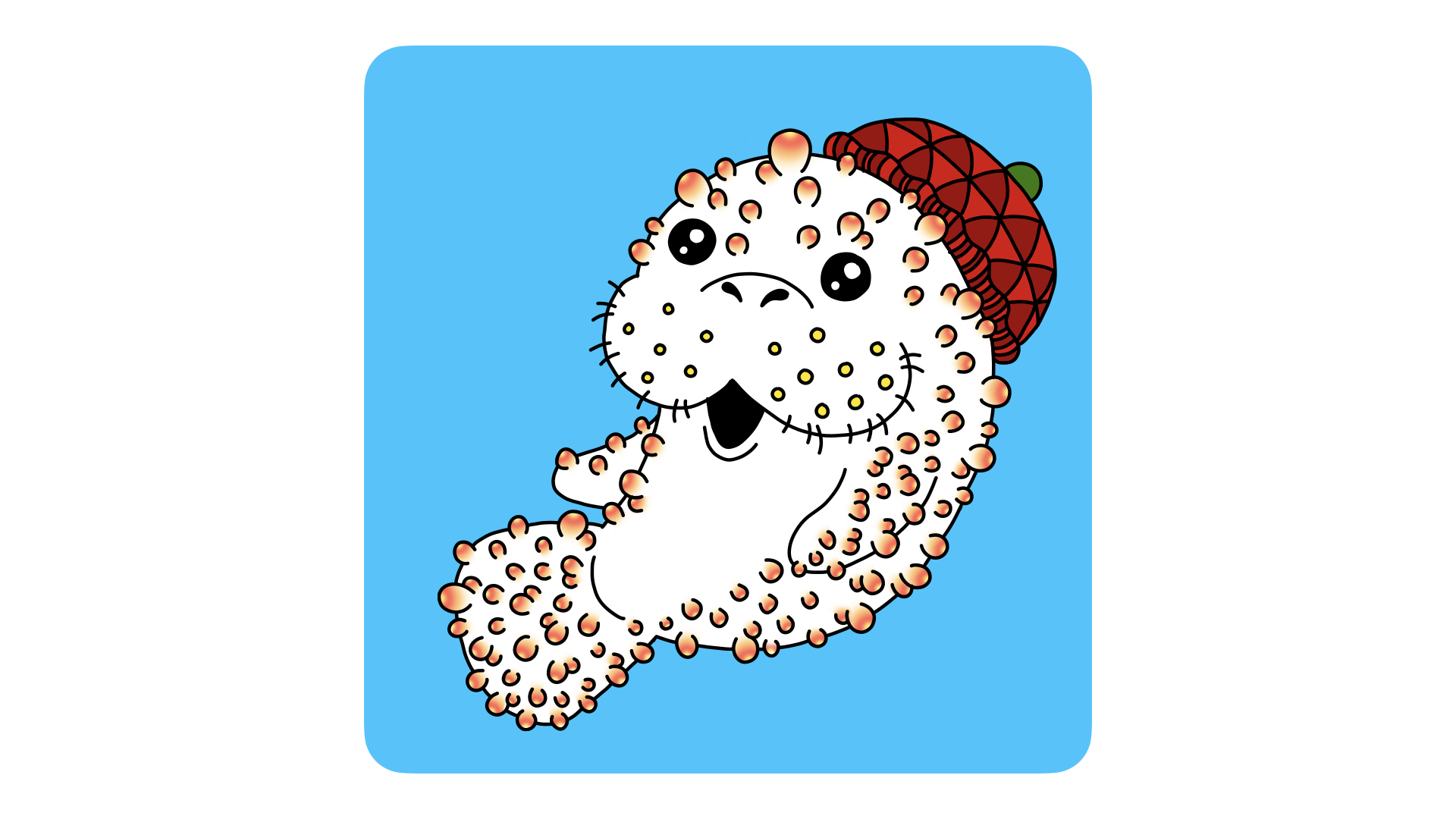
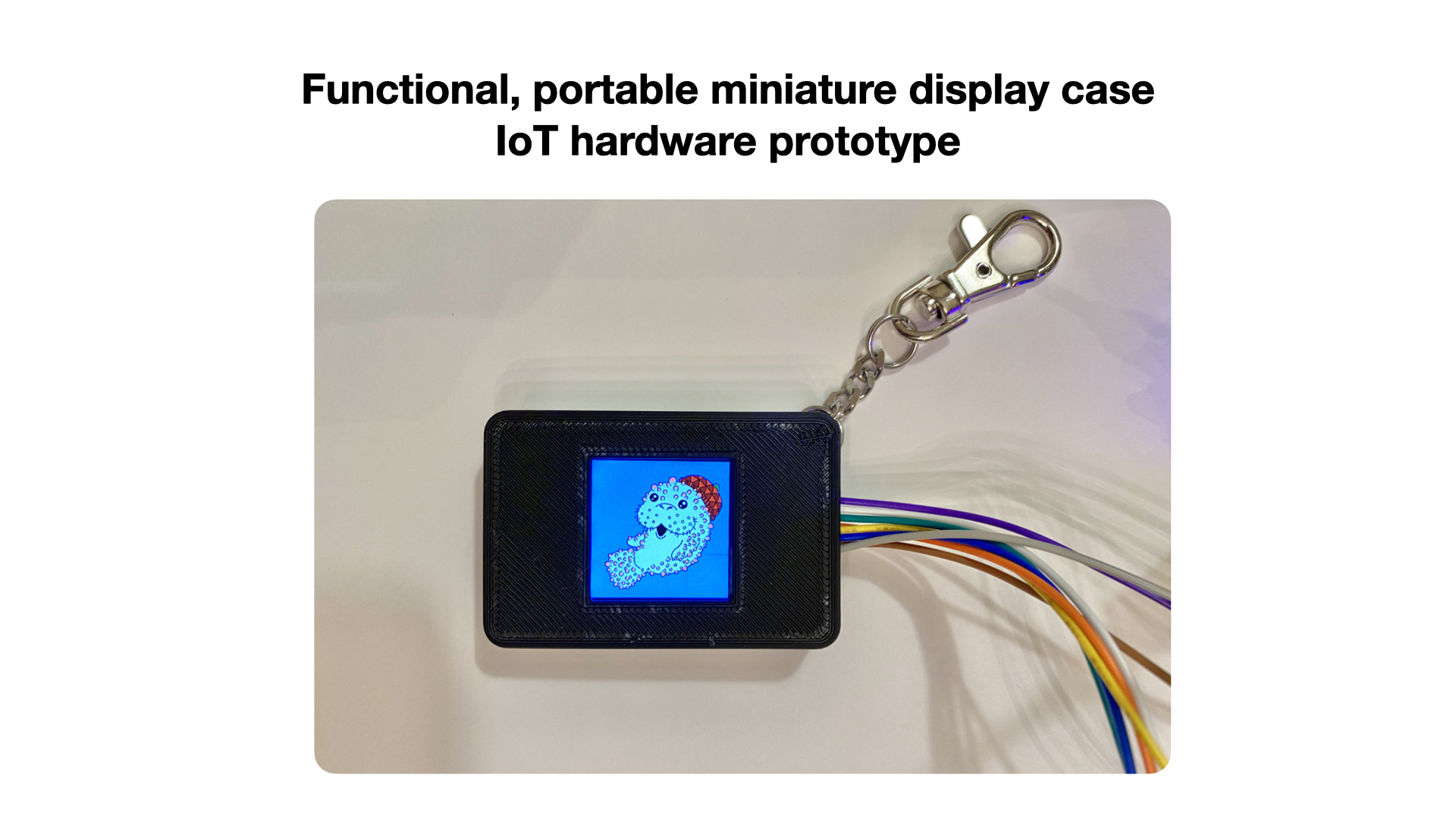
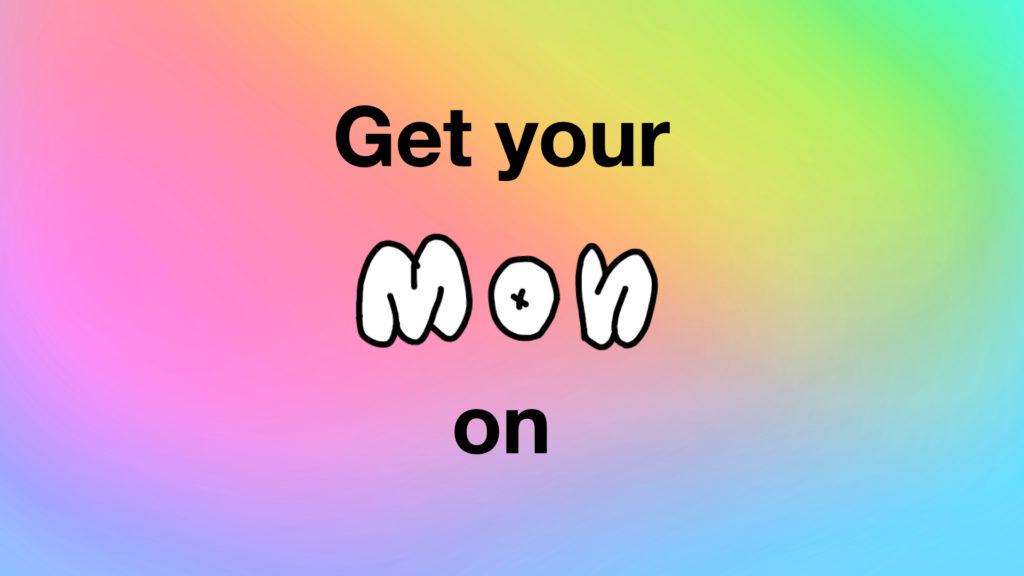
This is still an evolving project. Pun intended. 🥴

